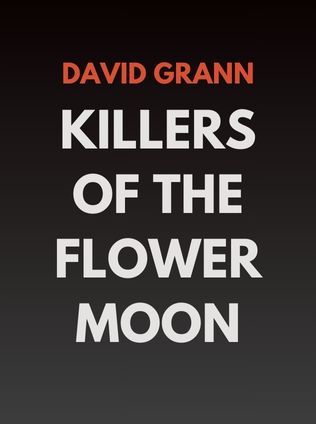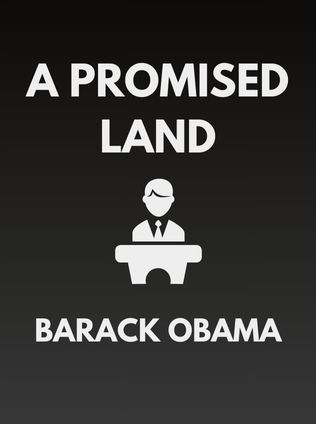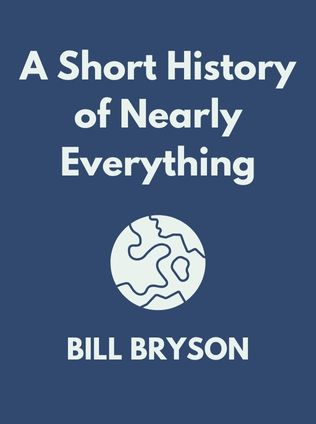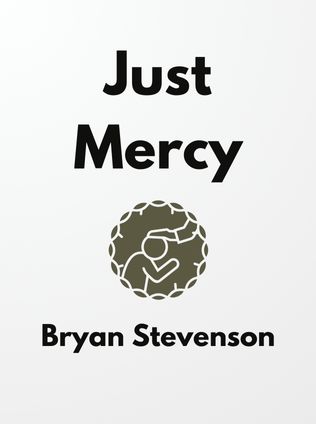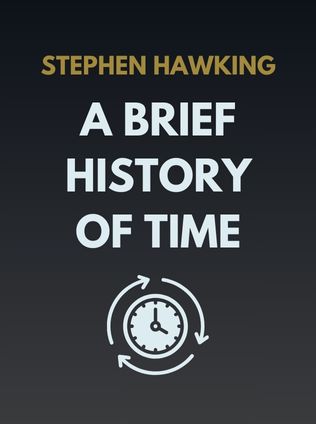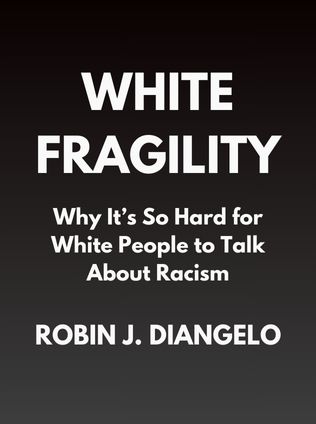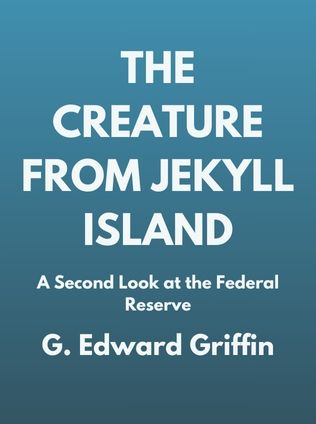
The Creature from Jekyll Island
A Second Look at the Federal Reserve
By G. Edward Griffin
Published 01/1994
About the Author
G. Edward Griffin is an American author, filmmaker, and political lecturer who has become widely known for his controversial views on economics, history, and government. Born in 1931, Griffin's career spans several decades, during which he has written numerous books and produced several documentaries, all characterized by a deep skepticism of government institutions and a focus on exposing what he sees as the hidden forces that shape world events. His work often explores themes of conspiracy and centralization of power, which has made him a polarizing figure in both academic and political circles.
Griffin’s most famous work, The Creature from Jekyll Island, is a comprehensive critique of the Federal Reserve System. Griffin portrays the Fed not as a public institution serving the interests of the American people but as a private banking cartel that operates in secret to benefit the elite. This perspective is emblematic of Griffin's broader worldview, which emphasizes the dangers of concentrated power and the importance of individual liberty. His other works, which include critiques of the medical industry and global governance structures, are similarly grounded in a distrust of centralized authority and a belief in the power of grassroots activism to bring about change.
Main Idea
The Creature from Jekyll Island is a meticulously researched exposé of the Federal Reserve System, which Griffin argues is neither federal nor a reserve but rather a privately owned banking cartel that serves the interests of a financial elite. Griffin traces the origins of the Fed back to a secret meeting held on Jekyll Island, Georgia, in 1910, where a group of powerful bankers and financiers devised a plan to control the nation's money supply and protect their own wealth. The book asserts that the Federal Reserve was designed to create economic instability through cycles of inflation and deflation, ultimately benefiting the wealthy at the expense of the average American citizen.
Griffin’s central thesis is that the Federal Reserve is an inherently flawed institution that facilitates economic inequality, encourages reckless financial practices, and enables the government to engage in unsustainable deficit spending. He argues that the solution to these problems lies in the abolition of the Federal Reserve and the return to a sound money system, ideally one backed by precious metals like gold and silver. The book is a call to action, urging readers to educate themselves about the true nature of the Federal Reserve and to advocate for meaningful reform of the monetary system.
Table of Contents
- The Journey to Jekyll Island
- The Name of the Game Is Bailout
- The New Alchemy
- Protectors of the Public
- The Rothschild Formula
- Building the New World Order
- Meanwhile, Back on the Ranch
- The Creature Comes to Life
- Powder Keg: The Great Depression
- World War I: The Turning Point
- The Mandrake Mechanism
- The Lost Treasure of Jekyll Island
- The Reality of the Debt-Currency
- A Crash Course on Money
- The Sorcerer's Apprentice
- The Year of the Bailout
- A Phone Call from Moscow
- Comprehensive Summary: The Creature from Jekyll Island
The Secret Origins of the Federal Reserve
The story of the Federal Reserve begins in 1910, when a secretive group of the nation's most powerful bankers met at a private retreat on Jekyll Island, Georgia. This meeting, as Griffin explains, was the birthplace of the "creature" that would become the Federal Reserve System. The participants included some of the most influential men in finance, such as Paul Warburg, a partner in Kuhn, Loeb & Co.; Frank Vanderlip, president of National City Bank of New York; and Henry P. Davison, a senior partner at J.P. Morgan & Co. Their objective was to draft a plan that would allow them to control the nation's money supply while presenting the appearance of a government institution operating in the public interest.
Griffin details how this plan was meticulously crafted to benefit the bankers at the expense of the public. The Federal Reserve was designed to create a stable banking environment that would protect the large banks from competition and ensure their profitability, even in times of economic downturn. By controlling the issuance of currency and setting interest rates, the Fed could manipulate the economy to the advantage of its creators. Griffin argues that this arrangement has led to a system where the rich get richer, while the poor and middle class bear the brunt of economic instability.
Sign up for FREE and get access to 1,400+ books summaries.
You May Also Like
Rich Dad Poor Dad
What the Rich Teach Their Kids About Money - That the Poor and Middle Class Do Not!
By Robert T. KiyosakiFreakonomics
A Rogue Economist Explores the Hidden Side of Everything
By Steven D. Levitt and Stephen J. DubnerI Am Malala
The Story of the Girl Who Stood Up for Education and Was Shot by the Taliban
By Malala YousafzaiFactfulness
Ten Reasons We're Wrong About the World – and Why Things Are Better Than You Think
By Hans Rosling










